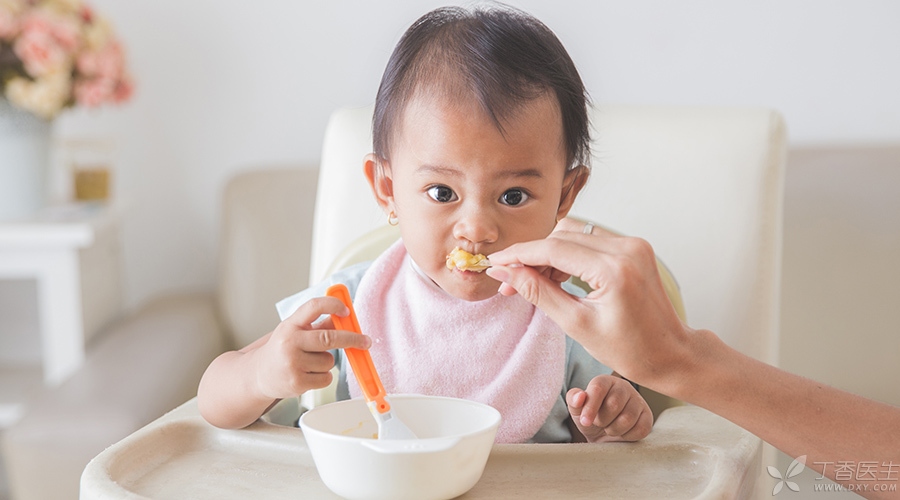
Baby rice noodles should be a kind of supplementary food that most babies come into contact with. Baby parents who break their hearts every day are naturally very concerned about the problem of rice noodles.
Today, Dr. Clove invited Suti Xiao Qi to tell everyone how to make, feed and choose baby rice noodles.
Question 1: How much water should rice noodles be washed?
Generally speaking, parents can control the proportion of water and powder according to the packaging instructions, try several times more, and fine-tune the concentration of rice paste.
Babies of different ages have different consistency of suitable rice noodles.
Babies who have just started to add rice flour are suitable to eat such rice paste: the washed rice paste is thicker paste, and the spoon can flow down slowly.
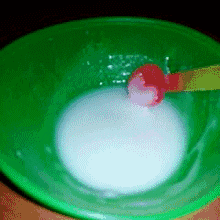
If the baby is 7 ~ 8 months old and has better swallowing function, you can eat thicker rice paste. The washed rice paste is similar to rice paste pimples, and it is difficult to flow down when stuck on the spoon.
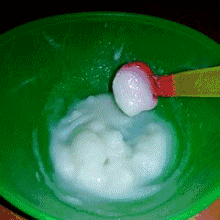
However, the following one is too thin. The rice paste is liquid. Set up a spoon. The rice paste can flow down in a line and is not suitable for babies to eat.
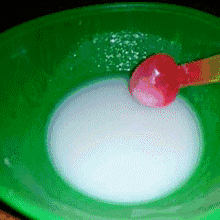
Dr. Clove should remind parents that the consistency of the washed rice paste can only be judged after it is stored for a while to absorb water. However, if supplementary food mud is added to the rice paste, it will become thinner. Therefore, parents need to try more so as to find the ratio of water and powder suitable for their baby’s concentration.
Question 2: Can milk be used to flour rice noodles?
This depends on the category of rice flour. Parents can see from the outer package of rice. If the category is [infant grain supplementary food], it can be mixed with warm water or warm milk (breast milk or formula milk). If the category is [Infant High Protein Cereal Supplementary Food], it should be mixed with warm water.
So, how should infant grain supplementary foods be washed? This needs to be adjusted according to the situation of the baby at home.
If the baby is not used to the taste of rice flour at the beginning, washing with milk can make it easier for the baby to accept rice flour. Moreover, for the baby who drinks less milk or grows slowly, it can increase the intake of milk and nutrition.
However, if the family is a fat baby, or if you drink a lot of milk at ordinary times, it is better to flush it with water.
Question 3: How much rice flour did you feed at the beginning?
Rice noodles do not need much at first, but can be brewed with 10g dry powder (which can be measured with milk powder spoons, about 2 spoons) and then given to the baby to try. It is normal for the baby to eat a few mouthfuls or eat all of them.
Babies who love rice flour very much should pay attention to continue drinking milk until they are full after eating rice flour, and the milk volume throughout the day should not be less than 600ml (breast feeding should not be less than 5 times).
If you don’t feed your baby, you can feed him some milk first to make him less hungry before trying to feed rice noodles. Of course, you should also ensure the daily milk quantity.
The amount of rice flour and other mixed supplementary food mud can be adjusted according to the baby’s appetite and interest.
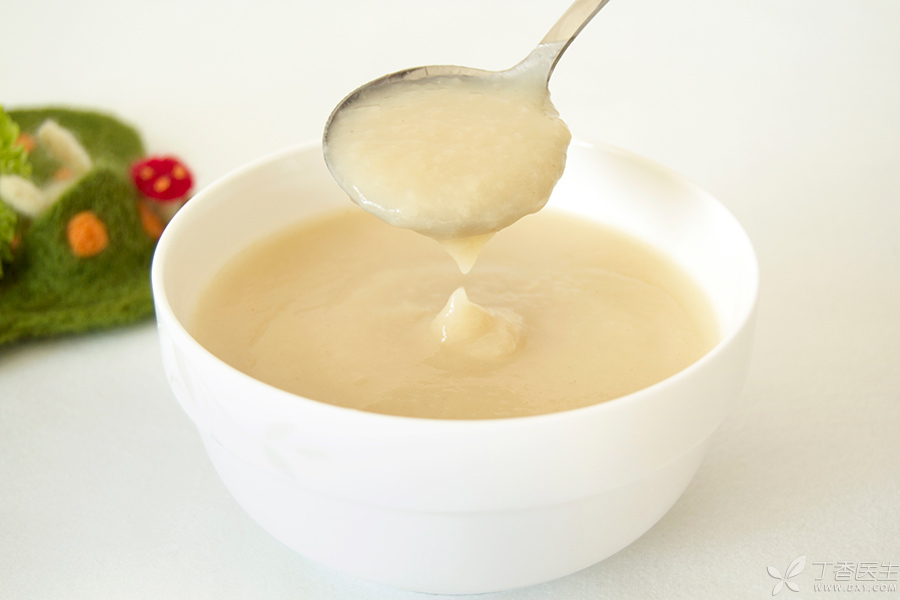
Question 4: How should rice noodles be fed?
After the rice flour is washed, the baby will win if he eats it. The correct posture for feeding rice flour is as follows:
The spoon is shifted to the baby’s mouth, and when he opens his mouth, he puts the spoon head into the baby’s mouth and lets him sip the rice paste with his lips.
The baby needs to learn the food how eats on the spoon, which can train the baby’s eating skills.
After the baby sips the rice paste, move the spoon out.
Parents can check against themselves. The following actions are wrong:
-
When the baby doesn’t want to eat, pry open his mouth and insert food.
-
The rice paste is too thin, pour it into the baby’s mouth;
-
The rice paste is too thick and scrapes into the baby’s mouth.
-
The spoon stretches too far inside, stimulating the pharynx and causing discomfort.
Question 5: Which do you choose, self-made or commercially available rice noodles?
Although many people ate home-made rice noodles when they were young, they now have a better and more convenient choice-infant formula rice noodles.
It is based on grain, Iodine, zinc, iron, vitamin B, vitamin D and other nutrients have been strengthened. Compared with self-made rice flour, the biggest advantage lies in the addition of [iron] elements, which can help babies at the initial stage of supplementary food to prevent and improve iron deficiency anemia, especially breast-fed babies. As the iron content in breast milk is low, it is more important to give babies iron-fortified formula rice flour.
Some parents worry that the rice flour sold on the market contains [additives] and is not natural and healthy as homemade rice flour. In fact, on the contrary, baby rice flour that meets the national standards has clear hygiene requirements for raw material selection, preparation environment, pollutants and mold. However, home-made rice flour and various handicraft workshops are difficult to guarantee this.
The [additive] in the rice flour actually strengthens the nutrients of the rice flour. Just like the renovation of the old house, the ordinary rice flour is supplemented and perfected in the nutritional short board, which has higher nutritional value for the baby.
Well, after reading today’s article, everyone should know how to mix baby rice noodles, right?
